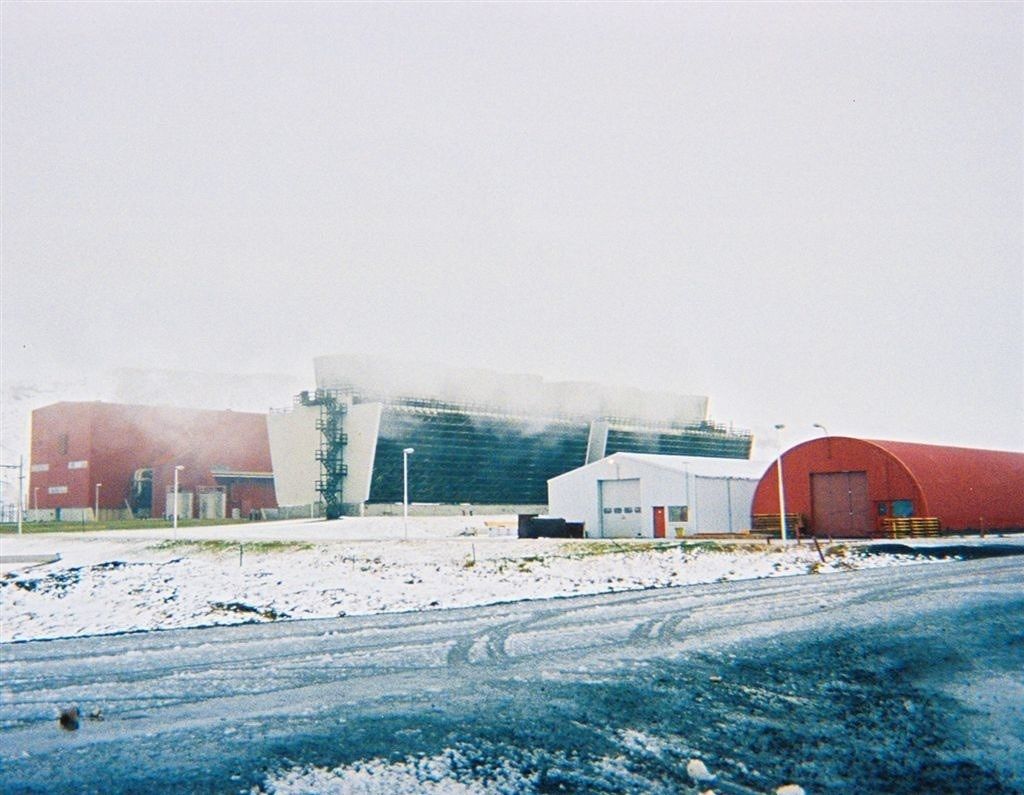European oil companies have started what we can hope is a worldwide trend of folding solar, wind, and other renewable energy sources into their production portfolios.
Unsurprisingly, this resource diversification is motivated by profit. The oil business is volatile and unpredictable compared to the sure bets of sunshine, geothermal power, and wind. As of this writing, oil extraction in the Gulf of Mexico is down 84% due to Hurricane Laura, according to a live report on CBS Los Angeles. Impactful weather events continue a decades-long increase. In March, the global coronavirus pandemic upturned the oil market. Demand remains sharply down with no predictable rebound date.
The answer lies in not putting all the eggs in one basket. BP (formerly British Petroleum) made headlines recently with its pledge to cut gas and oil production by 40% by 2030. "We aim to be a very different kind of energy company by 2030 as we scale up investment in low-carbon, focus our oil and gas production, and make headway on reducing emissions," reads the oil giant's homepage.
This new strategy kickstarts BP's coordinated efforts to become a "net zero" company over the next 30 years. In our current decade the company seeks to "pivot from an international oil company focused on producing resources to an integrated energy company focused on delivering solutions for customers."
CEO Bernard Looney said, "This coming decade is critical for the world in the fight against climate change, and to drive the necessary change in global energy systems will require action from everyone."
This makes BP "the first supermajor to spell out, in detail, what the energy transition will actually entail, in practical terms,” said Pavel Molchanov, senior energy analyst for the investment firm Raymond James, as quoted in a Washington Post article.
After BP's announcement, its stock jumped more than 7.8%, outpacing smaller gains among other oil companies, per the Washington Post.
While their plans are not as ambitious as BP's, fellow European oil companies Shell and Total had also announced increasing their investment in low-carbon energy technology.
As oil companies start to blend more renewable energy into their resource portfolios, our focus turns to how issues with renewable energy are being identified and solved.
Green Energy's Challenges Are Being Faced Head-On
Renewable energy is not without its drawbacks. No energy resource is. Having the right mix of energy sources is key to meeting high demand both in daytime and overnight, says the president of California's power grid operator. Uncommonly warm nights in some regions of California two weeks ago led to brief blackouts, illustrating the need for resource diversity. Heat waves can keep demand high after the sun goes down, but weather forecasts make such nights totally predictable.
Last year California celebrated its one-millionth small solar energy installation, primarily rooftop systems. A story in the Los Angeles Times outlined ways the state can continue reducing carbon emissions while meeting spikes in nighttime demand.
- Batteries. Batteries can be charged with solar energy in the middle of the day, when solar energy systems typically generate more power than consumers need, and supply it back at night. Last year the California Public Utilities Commission ordered utilities to add 3,300 megawatts of new power capacity, most of which is expected to be big batteries.
- Expand the power grid. States can link their electricity systems, creating a supergrid better able to harvest diverse energy sources (sun in one state, wind in another) and to meet local demand spikes.
- Appreciate nuclear power. Many people think of nuclear power as inherently dangerous, but it is carbon-free. The last remaining nuclear power plant in California still supplies 10% of the state's energy. A bill pending in the legislature would require that this production count toward the state's target of 60% renewable energy by 2030.

Geothermal Gets Another Look
One energy technology has mostly been overlooked in California: geothermal power, the power of subterranean heat. Tapping into the energy of the earth's core is as sure a bet as any for inexhaustible, around-the-clock clean power.
California hasn't built such a facility in over a decade because the upfront costs of building a plant are higher than with solar and wind. But geothermal power provides clean energy 24/7, unlike solar and wind. Geothermal is now getting a closer look. Three energy providers signed contracts in January 2020 for electricity from new geothermal power plants.
It will be interesting to see what other energy horizons get explored by American oil companies on the heels of the European competition, what progress California makes in remixing its energy programs, and what developments occur in other states.





